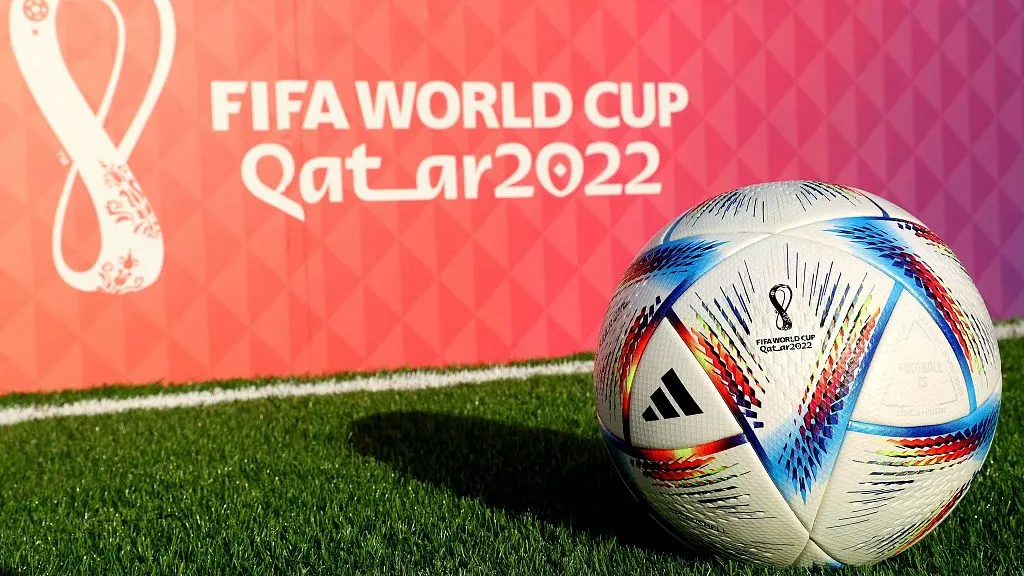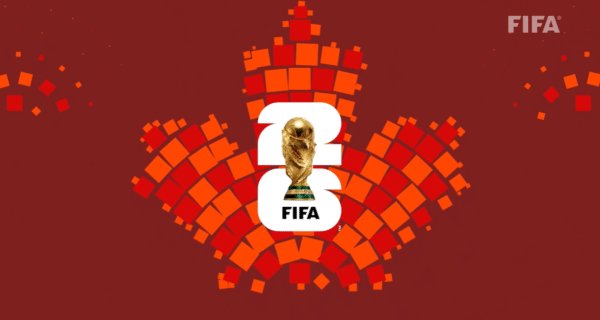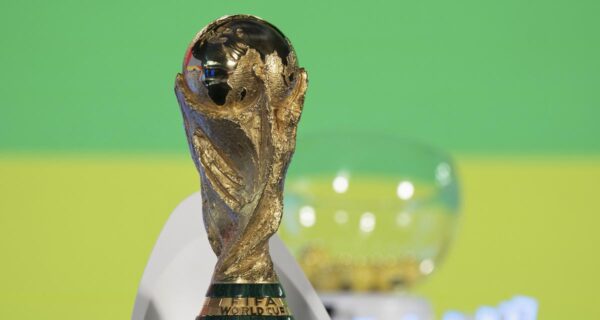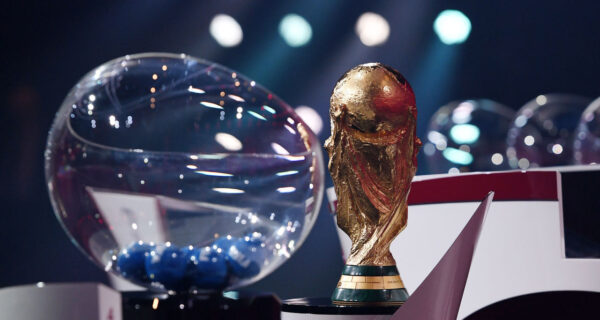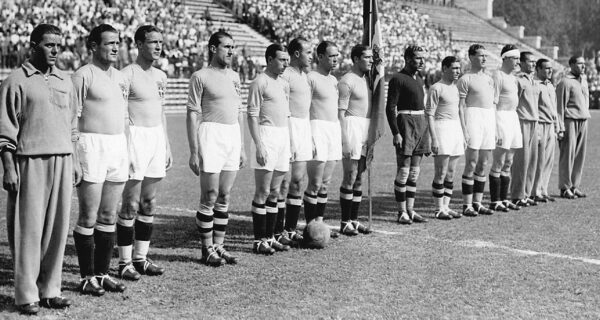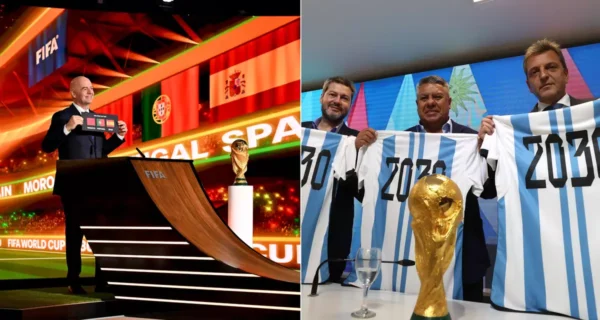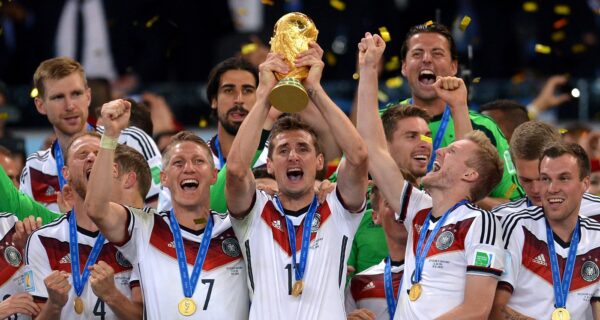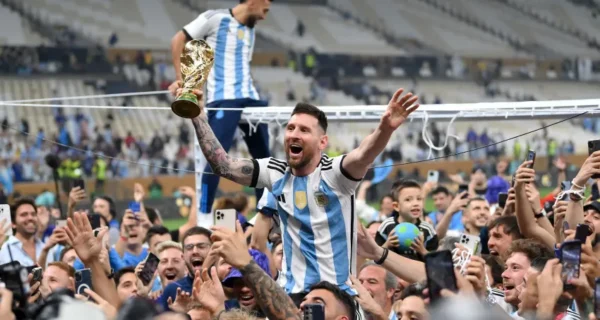The FIFA World Cup ball represents one of the most iconic symbols in global sports. Every four years, a new official ball takes center stage, capturing the attention of millions of fans worldwide. These specially designed balls combine cutting-edge technology with artistic elements that reflect the host nation’s culture.
The Official 2022 FIFA World Cup Ball – Al Rihla
The most recent FIFA World Cup in Qatar 2022 featured the Adidas Al Rihla as its official match ball. “Al Rihla” translates to “The Journey” in Arabic, connecting the tournament to Qatar’s rich cultural heritage. Adidas unveiled this technological marvel on March 30, 2022, with football legends Kaká and Iker Casillas attending the launch event.
Features and Specifications
The Al Rihla Pro ball incorporated several groundbreaking features. It consisted of 20 panels joined through a thermal bonding process, eliminating traditional stitching. This construction provided more predictable flight paths and improved ball control for players during matches.
Adidas created the Al Rihla with environmental sustainability as a priority. They made history by producing the first FIFA World Cup official match ball using environmentally friendly inks and adhesives. The ball contained 70% polyurethane, 20% recycled polyester, and 10% viscose cover materials.
The technology inside Al Rihla included a suspended inertial measurement unit within its bladder. This innovation supplied instant, detailed ball movement data to video assistant referees during matches. The addition of Speedshell panel shapes with texturing and diamond debossing enhanced swerve and accuracy for players.
Design Inspiration
Adidas drew inspiration from Arabian culture for the Al Rihla’s vibrant design. The colorful graphics reflected Qatar’s distinctive architecture and iconic boats. The ball’s name connected to traditional Arabian literature, specifically referencing the travel genre “Rihla” associated with historical journey narratives like Ibn Battuta’s famous travelogue.
How Much Does the FIFA World Cup Ball Cost?
FIFA World Cup balls come in various versions at different price points. The cost depends on the ball’s quality, construction method, and intended use. Let’s examine the price categories for the Al Rihla and similar World Cup balls.
Official Match Balls – Professional Version
The Al Rihla Pro, the actual ball used in the 2022 FIFA World Cup matches, retailed at the premium end of the price spectrum. This FIFA Quality Pro certified ball sold for:
- $165 (approximately €150 or £140) in the United States
- €149.95 (later discounted to €120) in European markets
- ৳25,990 (approximately $250) in Bangladesh
The official match ball represents the highest quality standard. This premium version features seamless construction, rubber bladder, precise weight calibration, and the exact specifications used by professional players during the tournament.
Competition and Training Versions
For serious players who want quality without the premium price tag, Adidas offered mid-range versions:
- Al Rihla Competition Ball: $40-60
- Al Rihla League Ball: $40
- Al Rihla Training Ball: $30
These balls maintain many professional features but use different construction methods or materials. The Competition Ball offers excellent performance at about one-third the price of the Pro version, making it popular for club and school teams.
Replica and Souvenir Versions
Casual fans and collectors can purchase affordable replicas:
- Al Rihla Club Football: $20-25 (€17-25)
- Licensed Country-Specific World Cup Balls (Size 5): $15.60 (€13)
- Licensed Country-Specific World Cup Balls (Size 2): $10 (€9)
- Unofficial replica versions in Bangladesh: ৳1,950 (approximately $18)
These souvenir balls feature the Al Rihla design but use simplified construction and less expensive materials. Size 2 mini balls serve primarily as collectibles rather than playable equipment.
Historical World Cup Balls and Their Prices
FIFA World Cup balls have evolved dramatically since Adidas began producing them in 1970. Each tournament introduces new designs and technological advancements, affecting the pricing structure.
The iconic Telstar ball from 1970 established the recognizable black and white pattern many associate with soccer balls today. Over the decades, models like the Azteca (1986), Fevernova (2002), Jabulani (2010), and Brazuca (2014) introduced innovations in panel design, materials, and aerodynamics.
Historical match balls from previous World Cups now command premium prices among collectors. Original Telstar or Tango balls from early tournaments can sell for hundreds or even thousands of dollars at auctions or specialty stores.
Where to Buy FIFA World Cup Balls
You can purchase official FIFA World Cup balls through several channels:
The FIFA Store (store.fifa.com) offers the complete range of official balls, from premium match versions to affordable replicas. The store also sells country-specific licensed balls featuring national team colors and emblems.
Adidas, the official manufacturer, sells World Cup balls directly through their website (adidas.com) and physical retail locations. Their site typically provides detailed information about the ball’s technical specifications.
Authorized sporting goods retailers like Sports World carry official World Cup balls. These locations allow you to examine the ball in person before purchasing.
Online marketplaces offer varying prices, but buyers should exercise caution regarding authenticity. Many unofficial replicas exist in the market, particularly at significantly reduced prices.
Manufacturing of FIFA World Cup Balls
The production process behind FIFA World Cup balls reveals fascinating insights about global manufacturing and labor practices.
Production Locations
Sialkot, Pakistan serves as the manufacturing hub for approximately 70% of the world’s soccer balls, including many official World Cup balls. This city contains around 1,000 factories dedicated to soccer ball production, employing about 60,000 people (8% of the city’s population).
For the 2022 World Cup, Pakistani-based multinational company Forward Sports manufactured approximately 35% of the Al Rihla match balls. The company produced around 5.5 million balls in 2022, including 60,000 high-quality replicas used for training in Qatar.
Additional manufacturing took place in Forward Egypt (a subsidiary of Forward Sports) and other locations. Souvenir replicas came from facilities in Madiun, Indonesia through a company called Global Way.
Production Process
Traditional soccer ball manufacturing involves hand-stitching, which creates more durable and aerodynamically stable balls. The seams become deeper, and the stitches maintain greater tension than machine-sewn alternatives.
Modern official match balls increasingly use thermal bonding technology rather than stitching. This thermally bonded seamless construction guarantees more predictable flight trajectories, improved feel, and reduced water absorption.
The materials come from various countries. Components for synthetic leather include cotton, polyester, and polyurethane sourced internationally. Chinese materials typically go into the most affordable balls, South Korean components create higher-quality options, and Japanese materials feature in premium European league balls.
Labor Considerations
Workers in Sialkot’s soccer ball industry often receive low wages compared to Western standards. According to reports, stitchers earned approximately 160 rupees (about $0.75) per ball, with each ball taking three hours to complete.
At this rate, workers produce about three balls daily, earning roughly 9,600 rupees monthly (approximately $45). Researchers have estimated a living wage in Sialkot at around 20,000 rupees monthly.
Women typically handle the stitching work, often splitting their day between factory work and home responsibilities. Men generally work in material preparation and quality testing roles.
The industry faced criticism for child labor practices until regulations in 1997 prohibited underage workers. This change created workforce challenges as the sector lost potential skilled workers.
Value Factors of FIFA World Cup Balls
Several factors determine the value and pricing of FIFA World Cup balls beyond basic manufacturing costs.
Technology and Innovation
Official match balls incorporate significant research and development investments. Adidas engineers tested the Al Rihla for two and a half years across ten countries, with over 600 players participating in the trials.
The balls contain advanced features like rubber bladders for shape retention, thermally bonded construction for consistent performance, and in the Al Rihla’s case, an inertial measurement unit for tracking. These technological elements add substantial value to the premium versions.
Modern match balls undergo rigorous testing, including sphericity tests to ensure perfect roundness for true flight, bounce, and movement. FIFA certification requires balls to meet exacting standards for weight, circumference, water absorption, and performance consistency.
Collectibility
World Cup balls serve as collectible items and cultural artifacts. Each tournament’s unique design connects to the host country’s heritage, making them desirable souvenirs for fans and collectors.
Limited edition versions, particularly those featuring specific country designs or commemorative elements, may appreciate in value over time. Balls from historically significant matches or signed by famous players can become valuable sports memorabilia.
FAQs
1. How much did the official Al Rihla match ball for the 2022 FIFA World Cup cost?
The Al Rihla Pro, the official match ball used in the 2022 FIFA World Cup, retailed for approximately $165 in the US, €150 in Europe, and ₹25,990 in Bangladesh. This premium version featured all the technological advancements and official FIFA Quality Pro certification.
2. What materials are used to make the official FIFA World Cup ball?
The Al Rihla ball consisted of 70% polyurethane, 20% recycled polyester, and 10% viscose cover with a rubber bladder inside. It featured environmentally friendly inks and adhesives, making it the first World Cup ball produced with this sustainable approach.
3. Where are most FIFA World Cup balls manufactured?
Approximately 70% of the world’s soccer balls, including many World Cup balls, come from Sialkot, Pakistan. This manufacturing hub contains around 1,000 factories employing about 60,000 people dedicated to soccer ball production.
4. What’s the difference between the official match ball and cheaper replicas?
The official match ball uses premium materials, thermally bonded seamless construction, and undergoes rigorous FIFA Quality Pro certification. Replicas may look similar but use simpler materials, different construction methods, and lack the performance characteristics of professional models.
5. How many official match balls does FIFA produce for each World Cup?
For the 2022 World Cup, Pakistani-based company Forward Sports alone produced over 300,000 Al Rihla match balls, with approximately 35% used for the tournament. The total production included 5.5 million balls of various quality levels.
6. How long does it take to make an official World Cup ball?
Traditional hand-stitched soccer balls take approximately three hours to complete, with skilled workers typically producing about three balls per day. Modern thermally bonded balls require specialized machinery and different production methods.
7. What special technology did the Al Rihla ball include?
The Al Rihla featured a suspended inertial measurement unit inside its bladder that provided instant, detailed ball movement data to video assistant referees. It also included Speedshell panel shapes with texturing and diamond debossing to enhance swerve and accuracy.
8. How much do workers who make World Cup balls earn?
According to reports, workers in Sialkot, Pakistan earned approximately 160 rupees (about $0.75) per ball, with monthly wages around 9,600 rupees ($45). This falls below the estimated living wage of 20,000 rupees for the region.
9. What happens to unsold World Cup balls after the tournament?
Unsold official World Cup balls often appear in clearance sales through the FIFA Store and official retailers. For the 2022 Al Rihla ball, prices dropped by 20-40% after the tournament, making these premium balls more accessible to consumers.
10. Are World Cup balls different from regular professional soccer balls?
Yes, World Cup balls feature tournament-specific designs, often incorporate new technological advancements, and receive special FIFA Quality Pro certification. They also contain cultural elements reflecting the host nation and undergo more extensive testing than standard professional balls.

